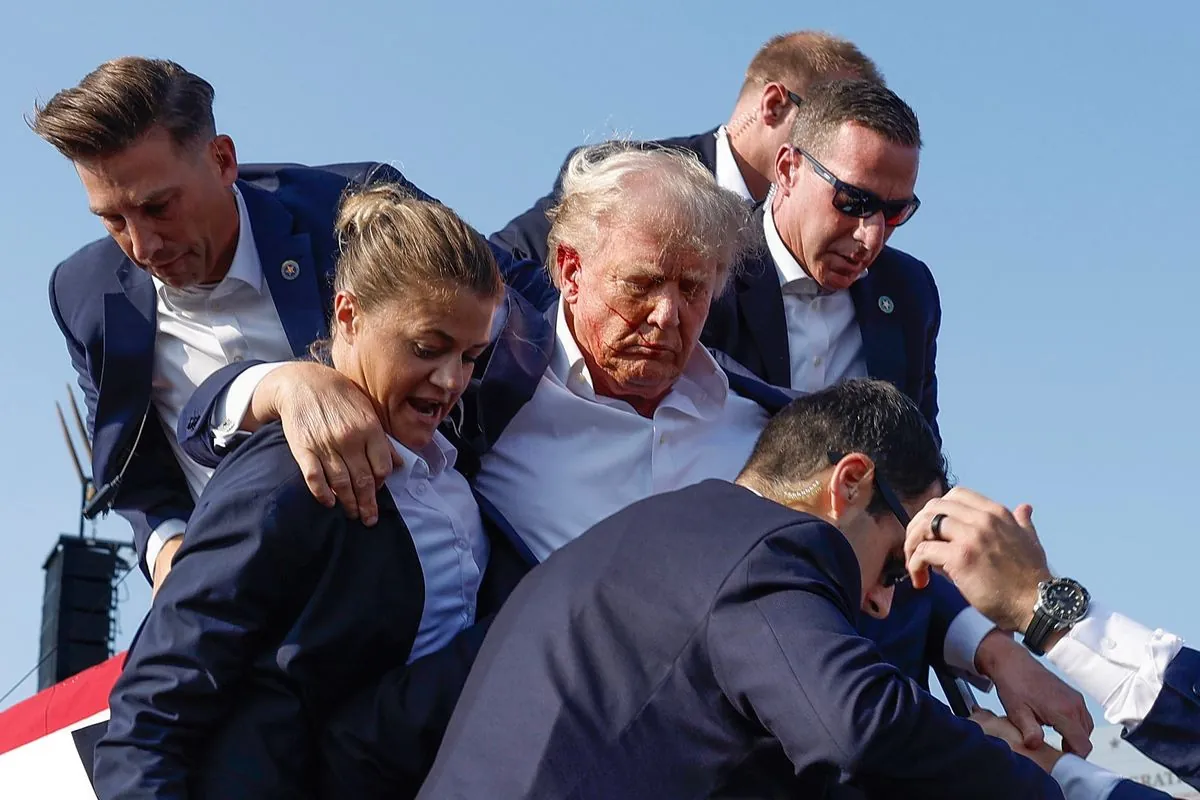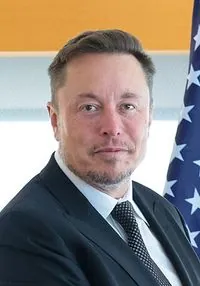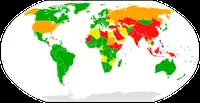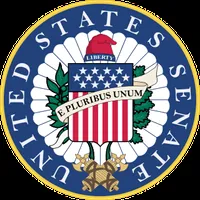Senate Probe Unveils Secret Service Lapses in Trump Rally Shooting
A bipartisan Senate investigation reveals multiple Secret Service failures during a July 2023 Trump rally shooting. The report highlights communication breakdowns and security gaps, recommending significant operational changes.

A bipartisan Senate investigation has uncovered significant lapses in Secret Service operations during a shooting incident at a rally for former President Donald Trump in Butler, Pennsylvania, on July 13, 2023. The report, released by the Senate Homeland Security and Governmental Affairs Committee, details a series of "foreseeable and preventable" failures that led to an assassination attempt on the former president.
Donald Trump, the Republican presidential nominee for the 2024 election, sustained a minor injury to his ear during the incident. Tragically, one rallygoer lost their life, and two others were wounded before the assailant was neutralized by a Secret Service counter-sniper.
The investigation revealed multiple shortcomings in the agency's preparedness and response:
- Lack of clear command structure
- Inadequate planning for building security
- Communication breakdowns
- Insufficient resource allocation

Senator Gary Peters, the Democratic chairman of the Homeland panel, emphasized the gravity of these failures, stating that their consequences were "dire." The report highlighted that security officials were operating on separate radio channels, leading to critical information being missed or delayed.
"Communications among security officials were a 'multi-step game of telephone'"
The investigation uncovered that local law enforcement had notified the Secret Service about an armed individual on a nearby rooftop approximately two minutes before the shooting began. However, this crucial information failed to reach key Secret Service personnel in time.
Senator Rand Paul, the top Republican on the panel, succinctly summarized the findings: "This was the result of multiple human failures of the Secret Service."
The Secret Service, established in 1865 to combat currency counterfeiting, has evolved significantly over the years. Today, it has dual missions of protection and financial crimes investigation. The agency employs approximately 7,000 people and has protected every U.S. president since Grover Cleveland in 1894.
In light of these findings, the Senate committee has proposed several recommendations:
- Clearly define roles and responsibilities for protective events
- Designate a single individual to approve all security plans
- Overhaul communications operations at protective events
- Improve intelligence sharing
The Secret Service's internal review, released just days before the Senate report, acknowledged these shortcomings. Ronald Rowe Jr., the agency's acting director, stated, "It's important that we hold ourselves to account for the failures of July 13th and that we use the lessons learned to make sure that we do not have another failure like this again."
This incident has sparked a debate about resource allocation for the Secret Service. While a pending spending bill includes an additional $231 million for the agency, some Republicans argue that internal reforms should precede any funding increases.
It's worth noting that Secret Service agents undergo extensive training at the James J. Rowley Training Center and are required to be proficient in firearms, physical fitness, and emergency medicine. They are also trained in behavioral pattern recognition and use advanced technology for threat assessment and protection.
The Senate report comes in the wake of a second assassination attempt on Trump earlier this month at his Florida club, underscoring the ongoing security challenges faced by the agency. As the investigation continues, it is clear that significant changes are needed to ensure the safety of current and former presidents, as well as other protectees under the Secret Service's care.


































